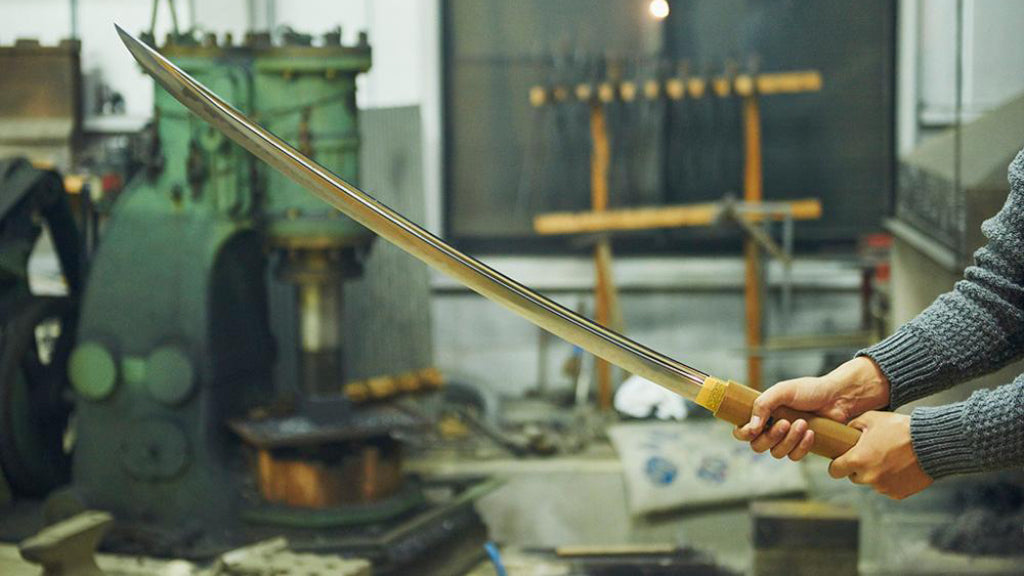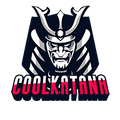Does a Tanto Need to Curve? Exploring Blade Design and Functionality

Why are katana swords curved?
This happens during the clay tempered process stage, clay is coated on the sword ridge, when quenching the blade, the part not covered by clay cools faster and becomes very hard, while the sword ridge cools more slowly and remains relatively soft and pliable, the metal blade expands and contracts with heat, so the part not covered with clay will expand more than the spine, causing the katana to bend. In summary, it is the result of differential hardening of the blade during quenching.
The Curved Curvature of the Samurai Sword - Sori
The sori, or the curvature of the samurai sword, is a defining feature of its blade design, influencing both its functionality and aesthetic appeal. There are three primary types of sori, each with unique characteristics and applications:
-
Tori Sori
- The most common type of sori, where the curvature is deepest at the middle of the blade. This design provides a balanced cutting experience and is well-suited for both slashing and thrusting.
-
Sakisori
- This type features the deepest curvature near the tip of the blade, enhancing its piercing capabilities. Sakisori blades are often used for precise and aggressive combat styles, where focus on the point is critical.
-
Koshisori
- In this style, the curvature is concentrated closer to the handle. This design offers improved control during draw cuts, making it effective for iaido and quick-draw techniques.
Finding the Ideal Curvature
Contrary to the belief that a more pronounced curvature always improves cutting performance, optimal sori lies in a balanced range. A good curvature for a samurai sword is typically between 1/2 inch and 1 inch, with a maximum curvature of about 1.25 to 1.5 inches. Exceeding this range can negatively affect the sword’s performance. For example:
- Too much curvature: While visually striking, it can cause the tip of the sword to warp upon impact with the target, reducing its structural integrity.
- Too little curvature: The blade may lose some of its natural cutting efficiency and fluid motion during slashing techniques.
Functional Benefits of Curvature
The sori contributes not only to the cutting mechanics of the blade but also to its usability in various situations.
- Cutting Efficiency: The curve allows the blade to 'slice' through targets rather than chop, resulting in smoother and more effective cuts.
- Aesthetic Appeal: A well-curved blade reflects the craftsmanship and artistry of traditional Japanese sword-making, enhancing its cultural and visual value.
- Ergonomics: The right curvature improves handling and balance, particularly in drawing the sword and transitioning between movements.
By carefully balancing functionality with aesthetics, the curvature of samurai swords remains one of the most important aspects of their legendary design. The sori is a testament to the precision and ingenuity of traditional Japanese swordsmiths, ensuring their weapons are as practical as they are beautiful.

The role of the katana curved
1.Helps to enhance the strength of the katana sword and improve the performance of the katana sword
When slashing, the katana with curvature will automatically correct the direction, and the closer the contact point is to the tip, the stronger the force.
2.It is more conducive to quickly pull out the samurai sword
It is necessary to choose an ergonomic samurai sword curvature, so that the inertial effect of swinging the sword makes it easier to circle the blade outward with the body as the axis, and can contact a larger area of the object.
3.Enhance the beauty of the samurai sword
Compared with straight swords with only the tip pointing upwards, the curvature of the katana blade will move in the direction the tip faces, which is more ornamental.

